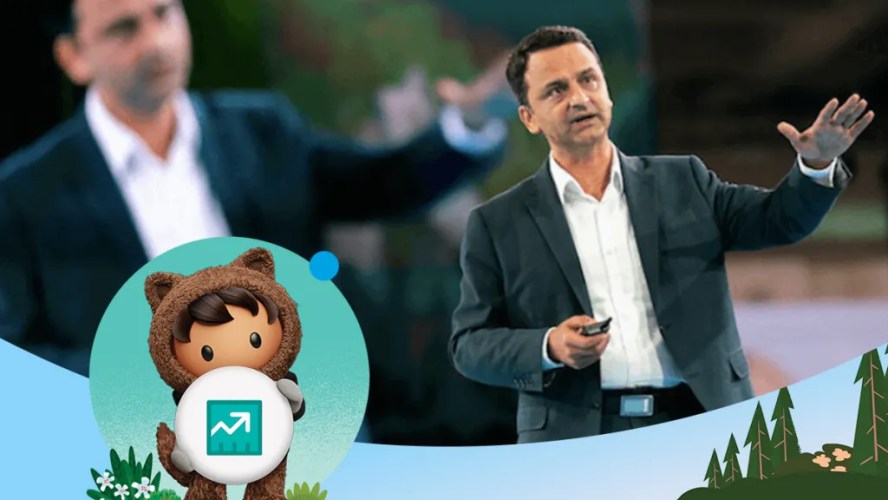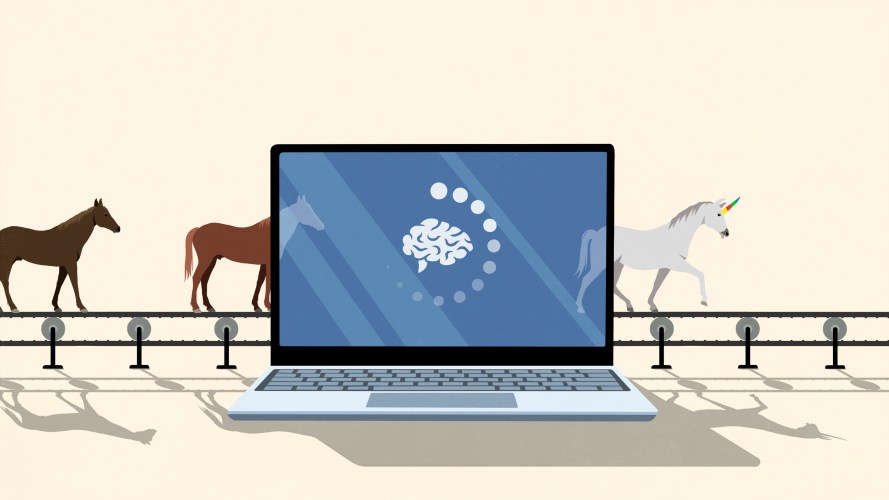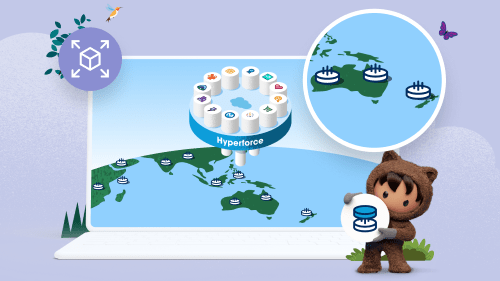How to Make IT a Business Partner



It’s fair to say that IT has often been seen as a facilitator of business operations.
Salesforce Staff
It’s fair to say that IT has often been seen as a facilitator of business operations. An order-taker as businesses introduced technology to help improve the ways they’d long been operating.
But whatever industry you look at these days, the vast majority of businesses have seen a shift in their traditional value chain. Whether you’re in the financial services sector or transport, entertainment or retail, your industry is being repositioned by technology.
In my world – fleet management – that rate of change has maybe been slower than it has in other areas, but it’s still happening. And if it hasn’t happened to your business or your industry too much yet, make no mistake – it will.
Every business that is transforming will have technology at its core and, for transformation to be successful, IT has to have a seat at the table from the start. The role of order-taker is no more.
I was fortunate when I joined ORIX Australia because my CEO was previously the CIO, so he understood the importance of technology in helping the business grow and in terms of where we wanted the business to go. But, in other organisations, that isn’t always the case. IT hasn’t been seen as a department that can help guide the business, so I’ve had to navigate that.
If you’re in a CIO position or similar, you have to approach your job from a holistic business perspective. It’s incumbent on you and your team to make sure you have a good understanding of the business. You’re there for the business, not the software platform or the coding language. And that’s quite a shift for a lot of people, because a lot of technologists are loyal to their technologies, rather than their organisations.
When I talk to my team now, I say, “You need to be passionate about fleet management and ORIX. If your passion is Java or Salesforce, or any other program or software, you’re probably not in the right business.”
How to establish IT as a key business partner
Sometimes you’ll be fortunate enough to work in a business that fully appreciates the value IT can add to the development of the business strategy, and where IT has a ‘seat at the table’.
Regardless of whether your organisation is fully on board the IT bandwagon or not, the same approach is needed for you to be truly effective. You have to gain the trust of everyone in the organisation. You need to demonstrate that you can genuinely understand the business, the customer, and the unique challenges that are faced.
When I joined ORIX I had a 90-day plan – in the first 30 days I had to form an opinion about where the opportunities and risks were for the business. And then I needed to understand how things worked day-to-day.
In order to gather that information, I had coffee catch-ups with as many people in the business as possible: my peers, the other general management in the organisation, the sales team, operations team and finance team.
I spent time with the individual partners of the business to understand what they did. I attended sales meetings, listened in on customer calls, and observed and enquired about every facet of the business.
Once you start doing that, you quickly start picking up on common themes.
Parallel to that, I had to check whether the current technology the business was using was fit for purpose. It might meet the specifications in the procurement scope, but did it do what the business, the team using it and our customers needed it to do?
It’s also incredibly important to get to know people in the business individually. That engagement is hugely important as you implement technology. You need to build rapport and visibility, and demonstrate that you’ve listened and understood conversations at every level.
In my early days at ORIX, it was evident that the computers and the software people were using were causing frustration. I wanted to improve the employee experience quickly, so we did a rapid roll-out of laptops. Rather than moving people over in a staggered process as their current machines were due for replacement, we immediately invested time in giving them flexibility and mobility.
We also pushed really hard on the roll-out and the adoption of collaborative and remote working tools, and were able to quickly add programs that helped the team work more effectively and efficiently. Of course, having those systems in place has really helped us during COVID-19.
So we were removing immediate frictions for the team while building insights on what the business would need in the future – spending time in the trenches with the team is critical in this respect, as is understanding the overall business strategy.
If you don’t understand both the business and the people, you simply cannot put together a technology strategy that is going to drive the business forward.
Jo Gaines, AVP, Salesforce Australia, and Richard Hilliard, GM Technology and Innovation, ORIX Australia, discuss the increasingly important role that IT leaders and technology play as businesses adapt to new ways of working during the COVID-19 pandemic.
Preparing ORIX Australia for transformation
The first thing I did at ORIX was to look at the value chain of the industry we’re in, because that’s where major opportunities and risks lie. Our manufacturers built cars and sold them to us, and we leased them to customers. But where was the disruption happening?
It’s pretty clear manufacturers aren’t happy just simply selling cars anymore. They want to operate their own finance companies. They want their own subscription models.
So we were looking at being disrupted unless we could support an increasing array of digital products and services to enable customers and clients to access vehicles in a variety of ways. To do that, we’d need to have a high degree of process automation and really start building out the CRM.
One of the things I’ve taken from my most recent roles is an understanding that most organisations are not unique in their technology challenges. Most organisations wrestle with similar issues – they may need to improve customer service or develop good sales channels. There may be some processes that are too labour-intensive.
Whatever the specific challenges are, it’s important to resist the temptation to think you have to do it all yourself. You can leverage the power in a platform that has been developed for businesses facing very similar challenges to yours.
And if you can solve those problems quickly by learning how others have solved them, you have time to focus on the areas of business that will help you truly differentiate.
Richard Hilliard is General Manager, Technology and Innovation at ORIX Australia.
We surveyed more than 3,000 office workers and spoke with 75 IT leaders for the APAC Employee Engagement Report – and found that more than half of IT leaders believe they’re viewed as a support function, rather than a business partner. The greatest barrier? Access to the right skills in their teams.
To find out more, download the APAC Employee Engagement Report. You’ll also deep dive into the relationship between technology and employee engagement, and what office workers want from IT leaders now.
The APAC Employee Engagement Report
Insights from more than 3,000 office workers and 75 IT leaders.























